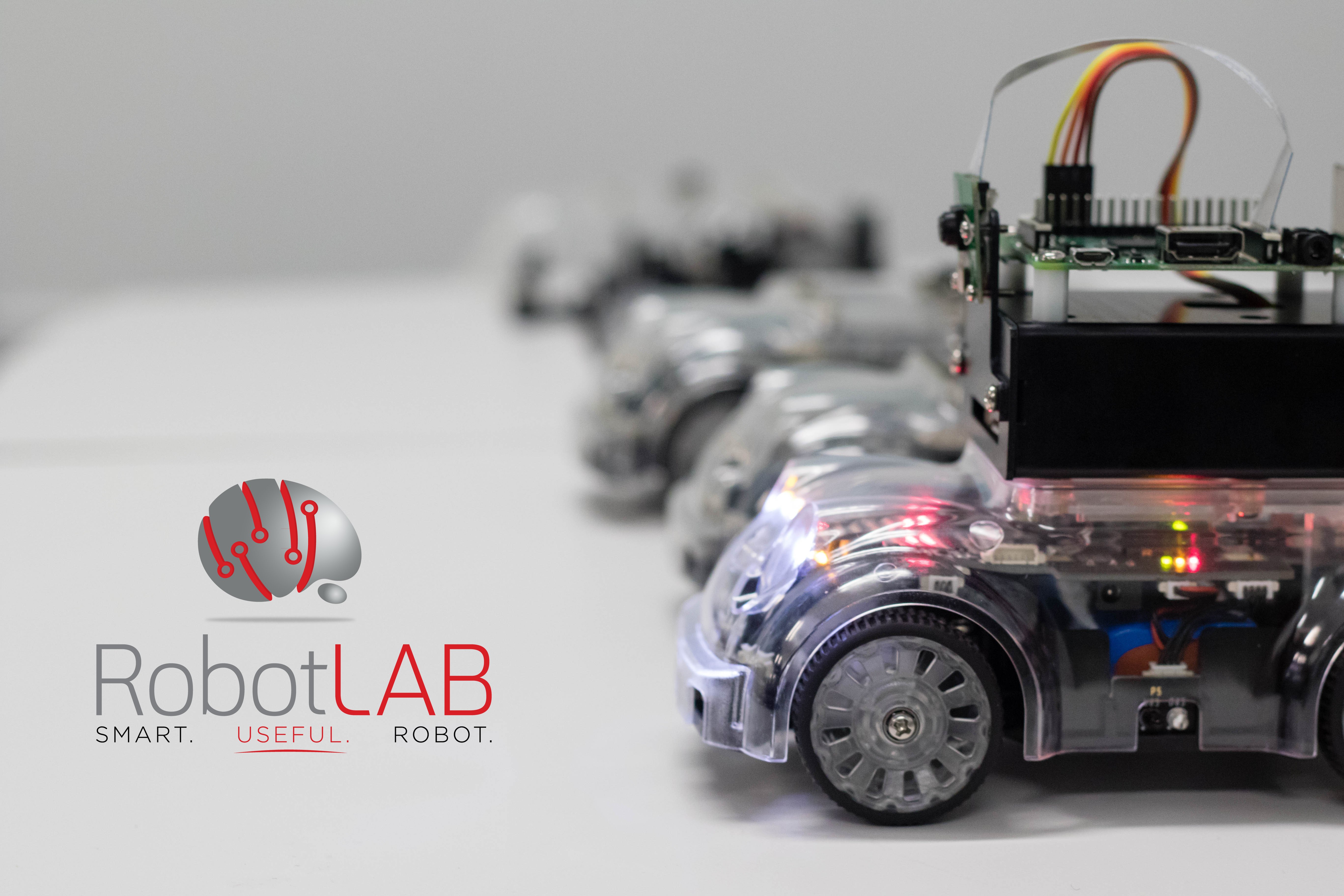 Photo by Andrew Neel on Unsplash
Photo by Andrew Neel on Unsplash
By asking students to explore the history of scientific discoveries, we get them to view their world with more wonder—and more skepticism—and condition their minds to think about causes and effects.
For many science teachers, the night before a lesson is often filled with anxiety as they look for ways to make the next day’s class more engaging. But the tools that teachers have access to are not all the same.
Some teachers have maker spaces fitted with 3D printers; some do not. Some teachers have a strong science background, while others do not. Some schools have supply rooms stocked with Erlenmeyer flasks and high-powered microscopes, but many more do not. All students need to become critical thinkers, which great STEM instruction can foster. But the development of critical thinking does not hinge solely on a fancy maker space, a prestigious science degree, or an abundance of resources.
One innovative way to foster critical thinking in STEM is to add a bit of history. STEM was born from the desire to emulate how life actually operates by merging four core disciplines: science, technology, engineering, and math. In the real world, these disciplines often work together seamlessly, and with little fanfare.
But if we want to prepare children to be future scientists, we need to inform them about the past. By doing so, we demystify scientific advancements by revealing their messy historical reality; we show students how science is actually conducted; and we have the opportunity to spotlight scientists who have been written out of history—and thus invite more students into the world of science.
THE POWER OF SCIENCE STORIES
One of the best ways to share science from a historical point of view is to tell great science stories. Stories are sticky: The research shows that humans are hardwired for them, and that scaffolding information—by bundling scientific discoveries with a compelling narrative, for example—helps the brain incorporate new concepts. In this way, stories act like conveyor belts, making lessons more exciting and carrying crucial information along with them.
But good stories can serve another purpose, too. By seeing how an invention of the past impacts life in the present, students learn to think holistically. For example, if they are shown how clocks accelerated life, or how computers changed how humans think, then they can see how technology shapes culture or even changes our sense of time. In this way, STEM expands beyond its typical limits and becomes interconnected in students’ minds—not just to other technologies, but to all disciplines and fields of inquiry.
UNCOVERING THE UNINTENDED CONSEQUENCES OF INVENTIONS
For over a decade, I looked for a book to provide both the historical and societal context of inventions—to tell the stories of science—but didn’t have much luck. I felt so strongly about this missing approach to nurture critical thinkers that I decided to write The Alchemy of Us, which is a book about inventions and how they changed life and society. In it, the lives of a diverse cast of little-known inventors—from pastor Hannibal Goodwin to housewife Bessie Littleton—are unfolded, and the many ways in which those everyday inventions changed life are highlighted.
Sometimes the outcomes of these inventions were intended, and in many more cases they were not. For example, students will see that the telegraph used electricity to shuttle messages over long distances quickly. But they will also come to realize that the telegraph had a shortcoming: It could not handle many messages at a time. Customers at the telegraph office were encouraged to keep their messages brief. Soon, newspapers used telegraphs in their newsrooms, and editors told reporters to write succinctly. The use of short declarative sentences was a newspaper style that was embraced by one reporter who went on to write many famous books—his name was Ernest Hemingway.
Here, then, is a case of how a technology, the telegraph, altered language and led to one of the world’s most celebrated literary styles—and this lesson of cascading and unpredictable outcomes can be extended to how Twitter and text messages are altering language now. When history is included in STEM, students learn science, but they also learn about the much broader impact of science.
SHAPING THE FUTURE BY USING THE PAST: AN EXERCISE
One way that we can build critical thinking skills is to put technology under the microscope. Have students think about inventions, like their cell phones or Instagram or the internet, and consider how they make an impact on life more broadly. Students can create lists of all the changes—ask them to think about not only changes to the material world, but changes to less tangible ideas and concepts, like human psychology and belief systems—and break students into small groups to discuss and share out their findings. Alternatively, you can pose a counterfactual: Ask students to create a timeline of the invention’s history, along with a second timeline as if that invention never happened. What happens if the cell phone was never invented?
Obviously, there are no right or wrong answers, but the tasks require your students to observe the world with more wonder—and more skepticism—and condition their minds to think about causes and effects.
To take a deeper look: Let’s say you asked your students to examine the effect of the internet on modern life. The internet has certainly changed life significantly. For starters, we can listen to music, watch videos, access information, and contact each other easily. Have your students discuss life before and after the internet in groups and then create a drawing or write a short essay. They could answer questions like these: How did people get their news? How did they hear from each other? How did people listen to music? Where was information about different topics stored before the internet? The next step might be to look at the pros and cons of the internet, specifically social media. Does being more connected help or hurt us? Does the internet bring us together or divide us? Does the internet make it easier or harder to find the truth?
Once students are warmed up to thinking about technology in this way, you might have them try on the role of futurists. Ask them to consider thought-provoking questions like: If social media is based on “likes” and “follows,” what kind of society will we be in the future? Will we listen to popular celebrities with millions of followers, or will we listen to experts with fewer followers? Will it be easier to spread false information? Students can then draw a picture, write an essay, or create a video reflecting on the societal impact of the internet and what life could be like in the future with or without their proposed solutions.
ENGAGING FUTURE CITIZENS
While STEM skills are themselves increasingly important in our technologically rich world, STEM is also a pathway to engage students as critical thinkers, and even as future citizens. By placing science in the broader context of history and culture, we can remind students of how scientific inventions play a role in our evolving cultural and even moral belief systems. And by giving students the space to critique inventions, we give them the skills to shape the future.
To get kids asking hard questions, however, the key first step is to give them good science stories. Once students are more engaged with how STEM is part of a larger fabric, they will have the skills to see the world more clearly and the lens they need to start posing tough questions. This approach aligns with the wisdom of William Shakespeare, who said centuries ago, “What’s past is prologue.” He was absolutely right because if we’re attentive observers, the old stories provide us with a good map of what lies ahead.
Discover more about STEM with RobotLAB

Author's Bio
Ainissa Ramirez is a materials scientist and the author of “The Alchemy of Us: How Humans and Matter Transformed One Another (MIT Press).


